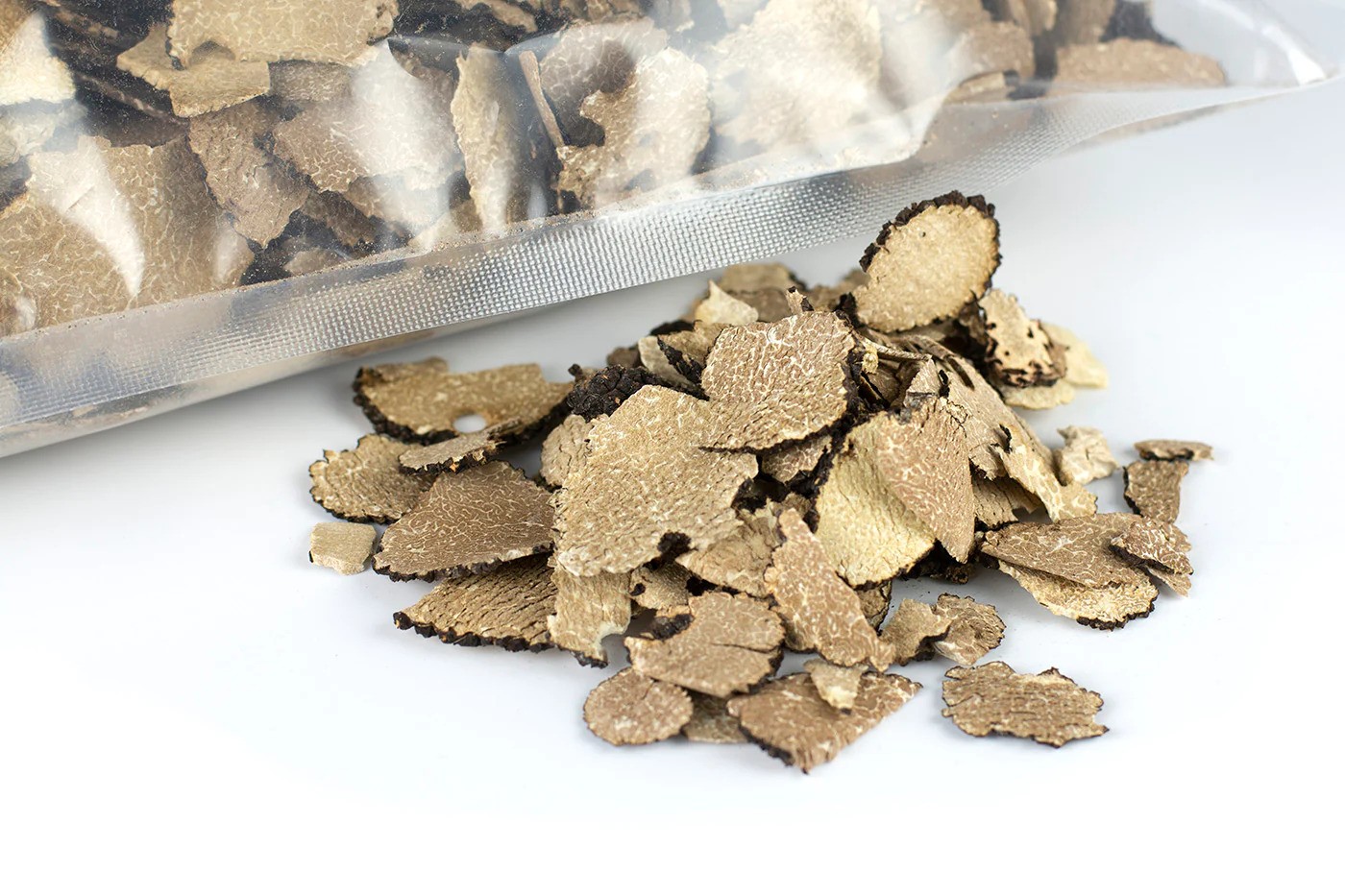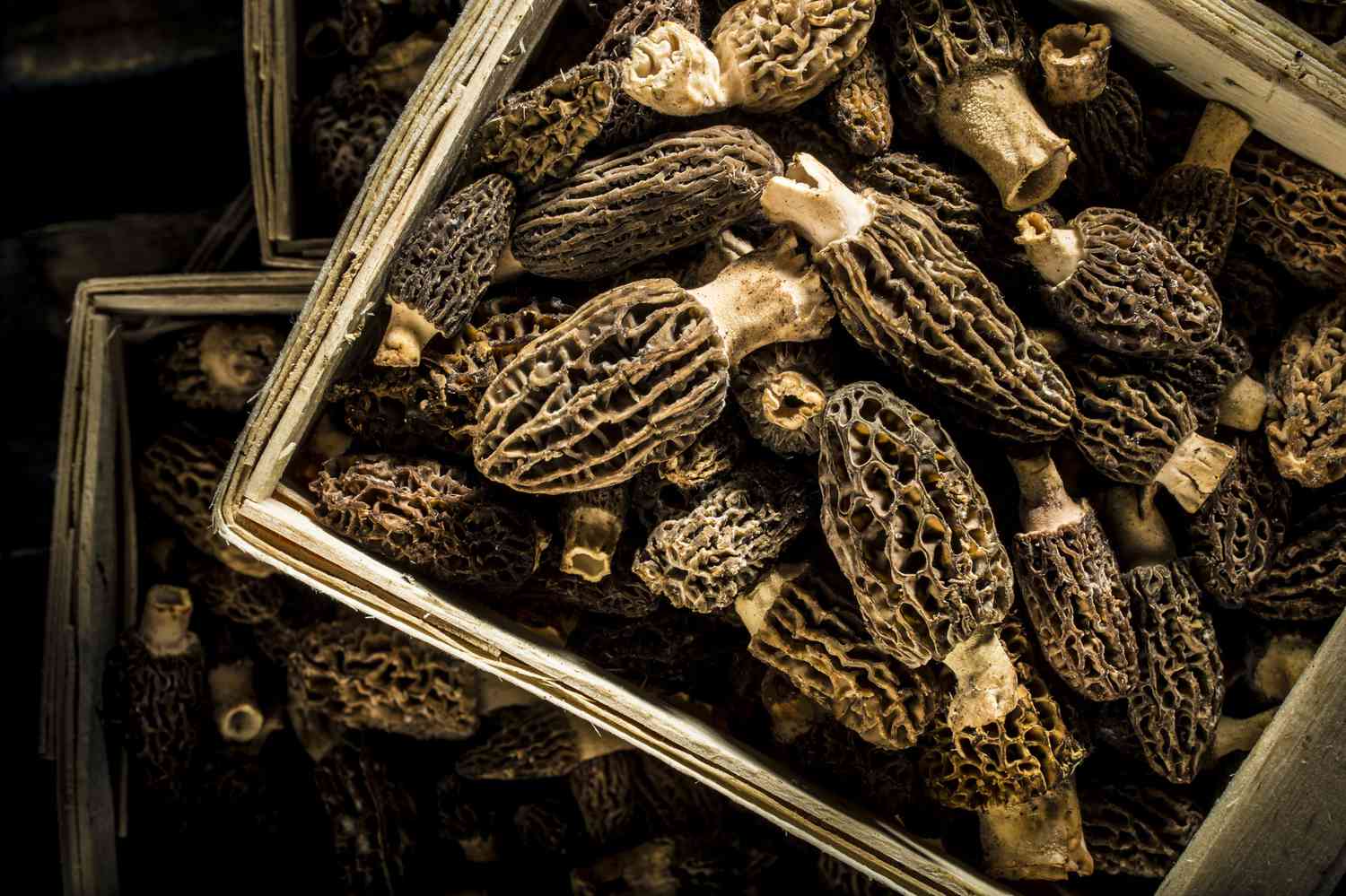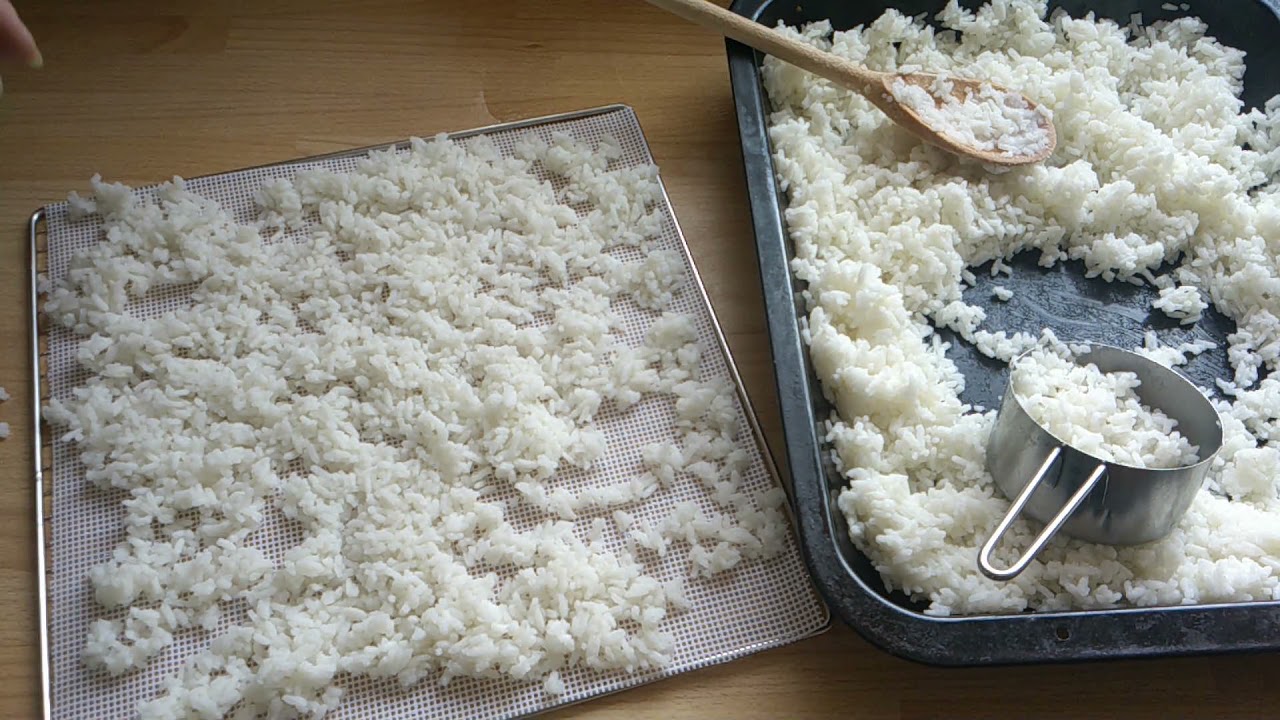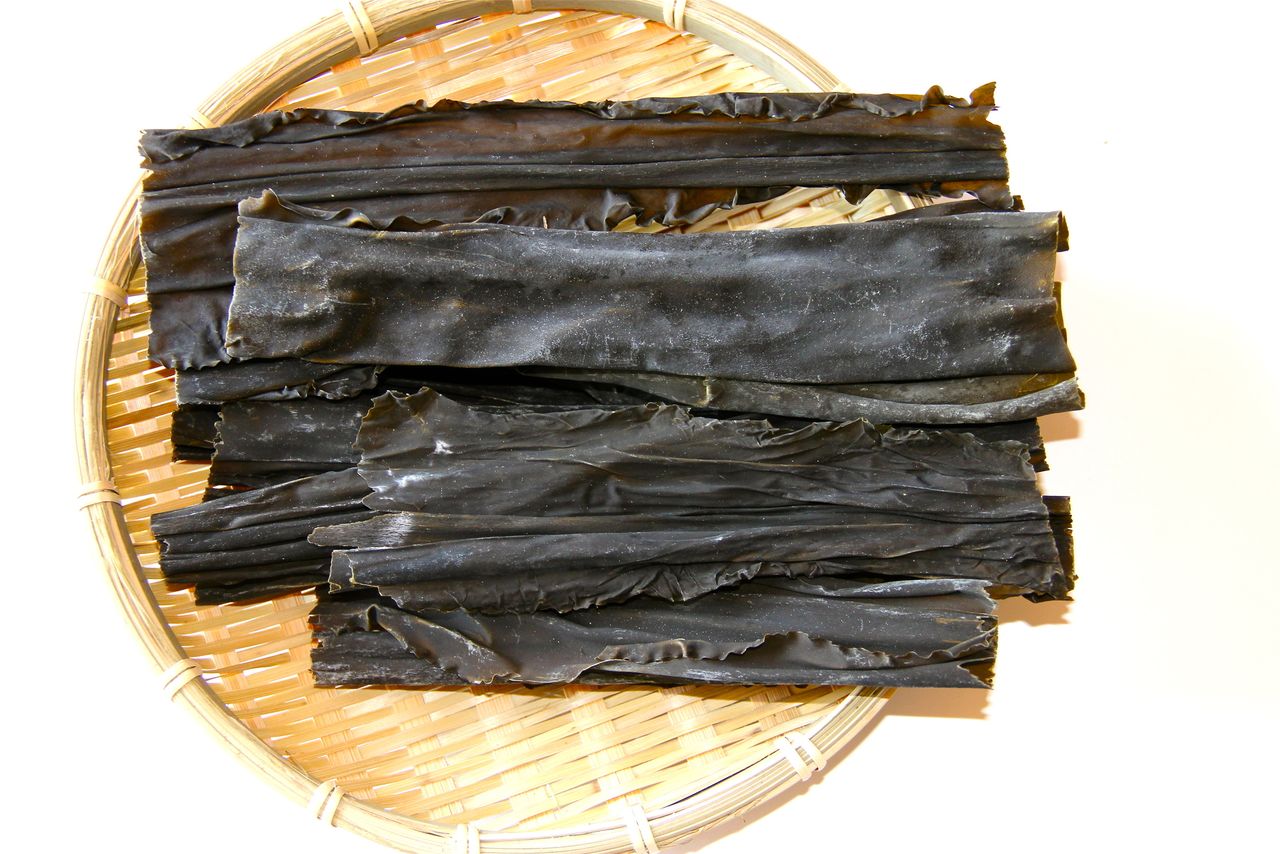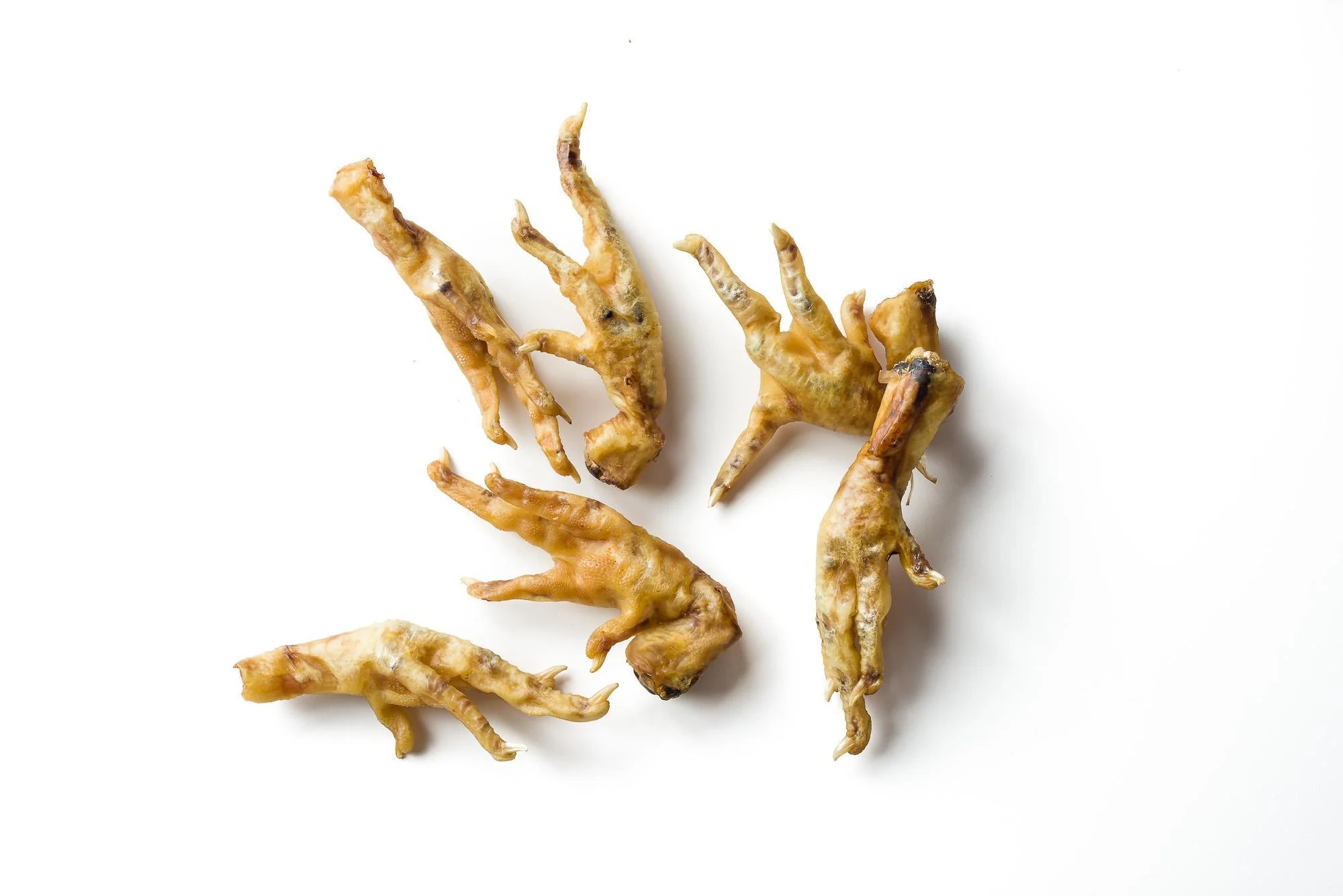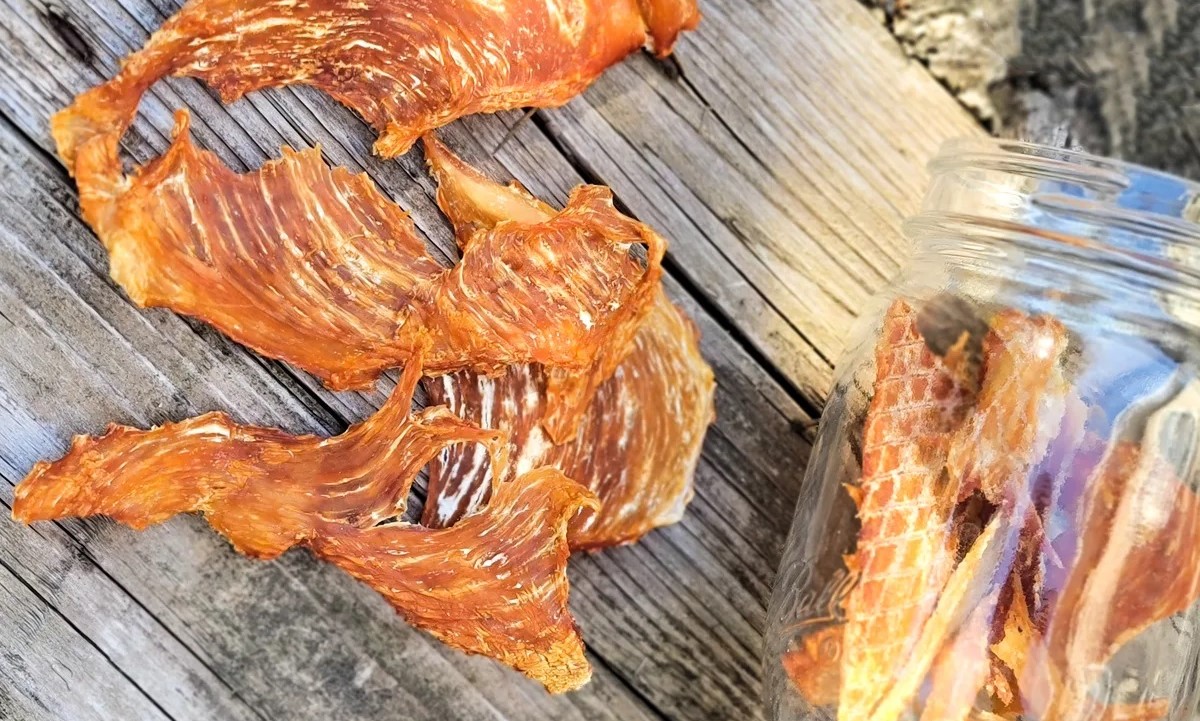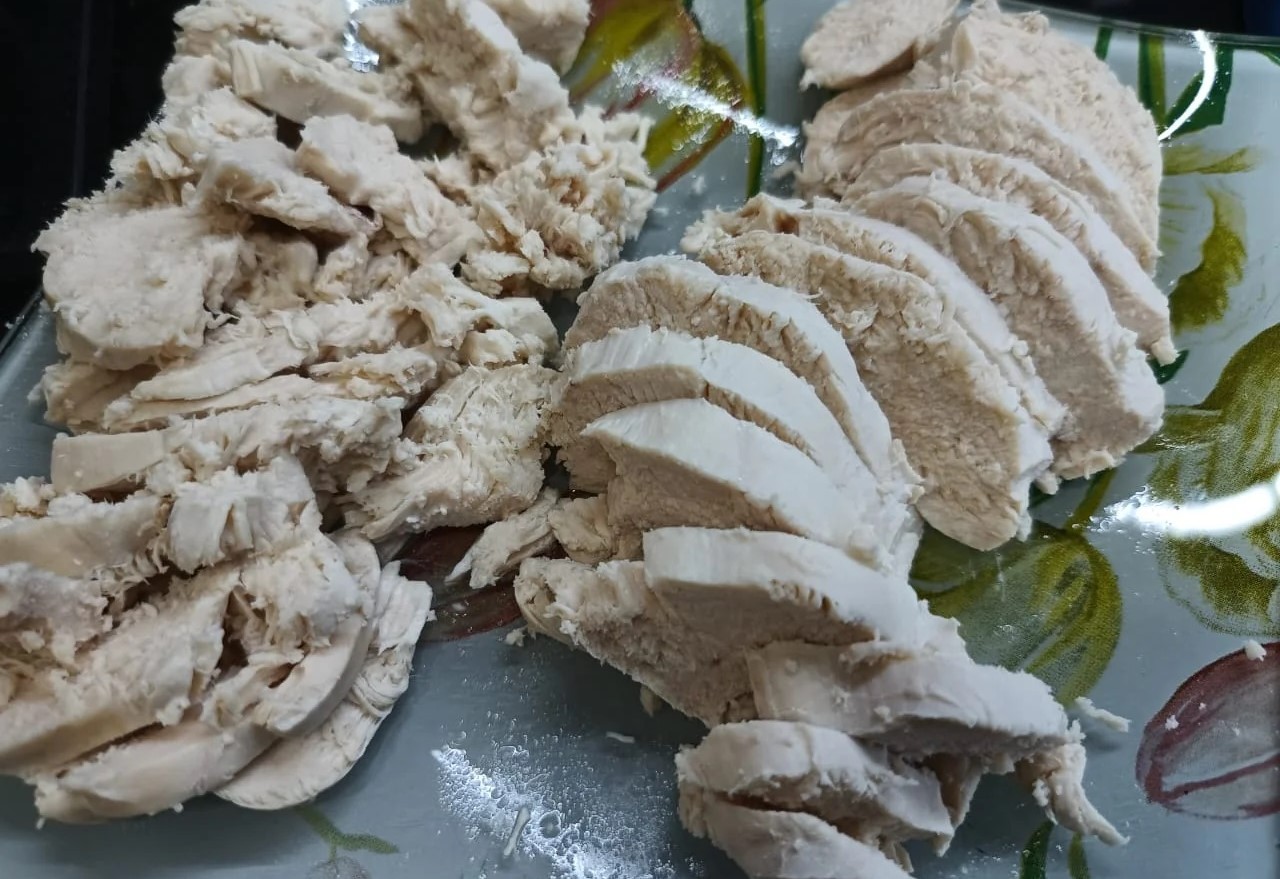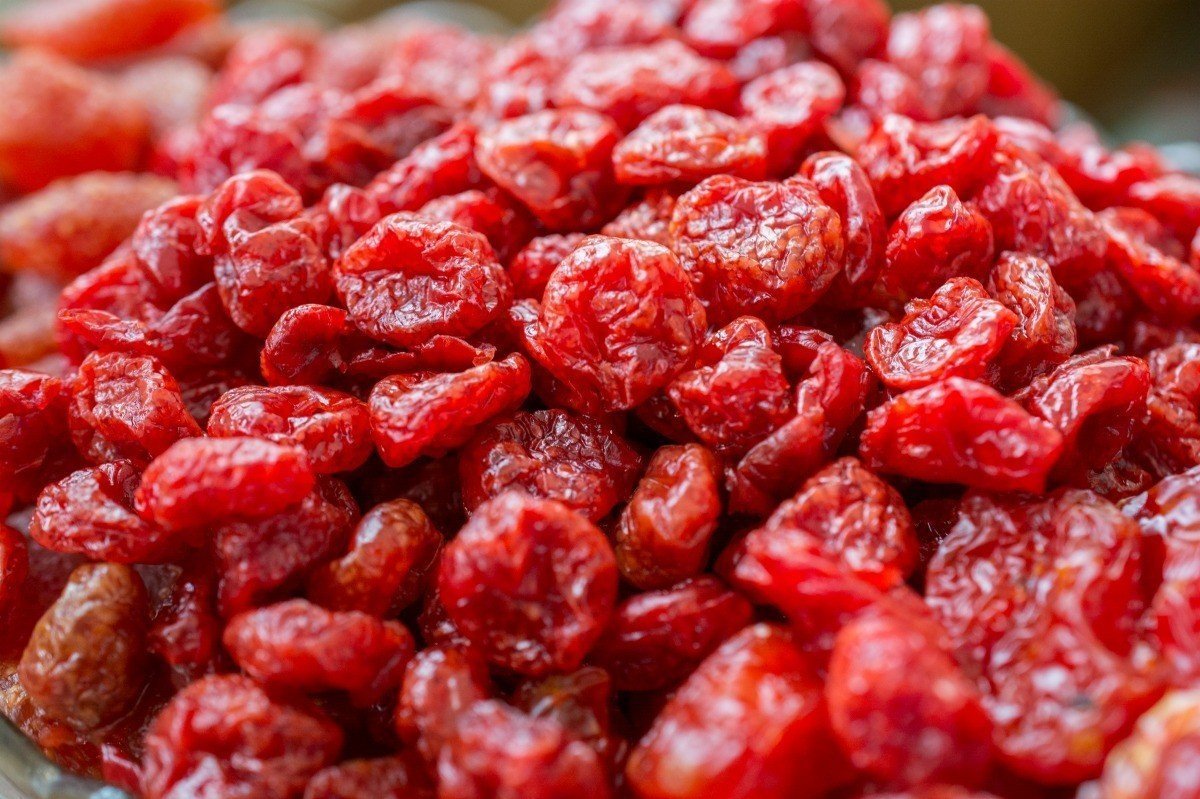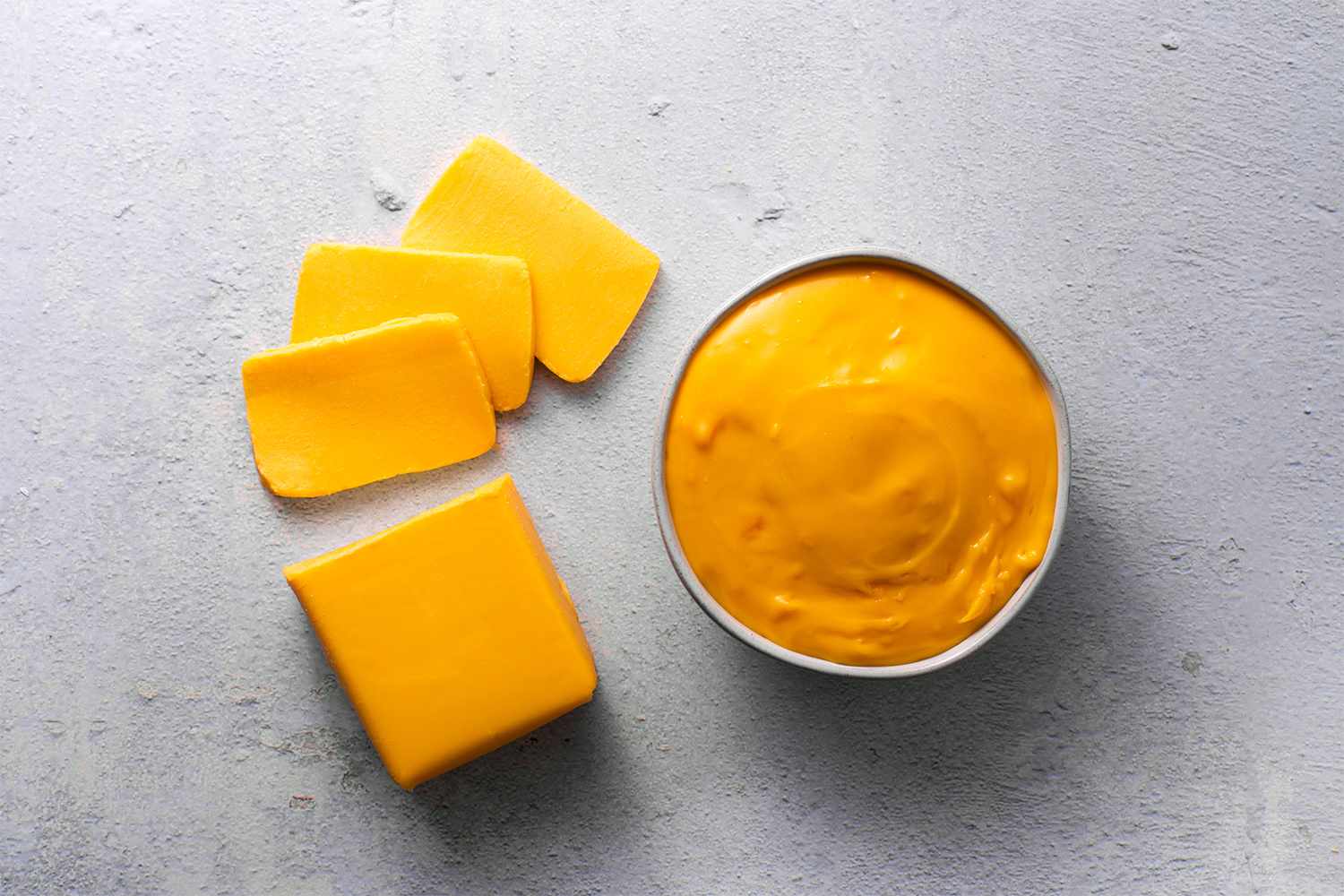Dehydrating Cactus Leaves: A Step-By-Step Guide
Dehydrating cactus leaves is a great way to preserve this unique and nutritious ingredient for future use. Whether you want to incorporate cactus leaves into your culinary creations or simply extend their shelf life, dehydrating them is an effective method. Below, we’ll walk you through the process of dehydrating cactus leaves at home.
What You’ll Need
Before you get started, gather the following supplies:
- Fresh cactus leaves
- Sharp knife
- Cutting board
- Dehydrator
- Food-safe gloves
- Storage containers
Preparing the Cactus Leaves
Start by selecting fresh and healthy cactus leaves. Using a sharp knife and a cutting board, carefully remove the thorns and outer skin from the cactus leaves. It’s important to wear food-safe gloves to protect your hands from the tiny, almost invisible spines that can cause irritation.
Slicing the Cactus Leaves
Once the cactus leaves are cleaned, slice them into thin, uniform pieces. This will help ensure even dehydration and quicker drying time.
Dehydrating Process
Arrange the sliced cactus leaves on the trays of your dehydrator, making sure to leave space between each piece for proper air circulation. Set the dehydrator to a low temperature, around 100-110°F (38-43°C), and allow the cactus leaves to dry for 8-12 hours. Check the progress periodically and rotate the trays if necessary for uniform drying.
Checking for Dryness
To determine if the cactus leaves are fully dehydrated, remove a piece from the dehydrator and allow it to cool to room temperature. The leaves should be dry to the touch and brittle. If they still feel soft or pliable, return them to the dehydrator for additional drying time.
Storage
Once the cactus leaves are completely dehydrated, allow them to cool to room temperature before transferring them to airtight storage containers. Store the dehydrated cactus leaves in a cool, dark place away from direct sunlight and moisture. Properly stored, dehydrated cactus leaves can last for several months.
Utilizing Dehydrated Cactus Leaves
Dehydrated cactus leaves can be rehydrated by soaking them in water for a few hours before use. Once rehydrated, they can be added to soups, stews, stir-fries, and other dishes for a unique and nutritious twist. You can also grind the dehydrated cactus leaves into a powder to use as a flavoring or thickening agent.
Dehydrating cactus leaves is a simple and effective way to preserve this versatile ingredient. By following these steps, you can enjoy the nutritional benefits of cactus leaves year-round and add a touch of culinary creativity to your meals.
For those eager to master the art of dehydrating cactus leaf, there are several recipes that make excellent use of this technique. Readers can try out the Dehydrated Cactus Leaf Stir-Fry Recipe for a delightful mix of flavors and textures that pair well with various proteins. Another great option is the Dehydrated Cactus Leaf and Quinoa Bowl Recipe, which offers a nutritious and filling meal perfect for any time of the day. Those who enjoy stuffed vegetables will appreciate the Dehydrated Cactus Leaf Stuffed Peppers Recipe, where the unique taste of cactus leaf adds an unexpected twist. Lastly, the Dehydrated Cactus Leaf BBQ Marinade Recipe is a must-try for grilling enthusiasts looking to infuse their meats with a distinct, smoky flavor. Each of these recipes provides a unique way to enjoy dehydrated cactus leaf, making them all worth trying.
Was this page helpful?
Read Next: How To Dehydrate Epsom Salt
